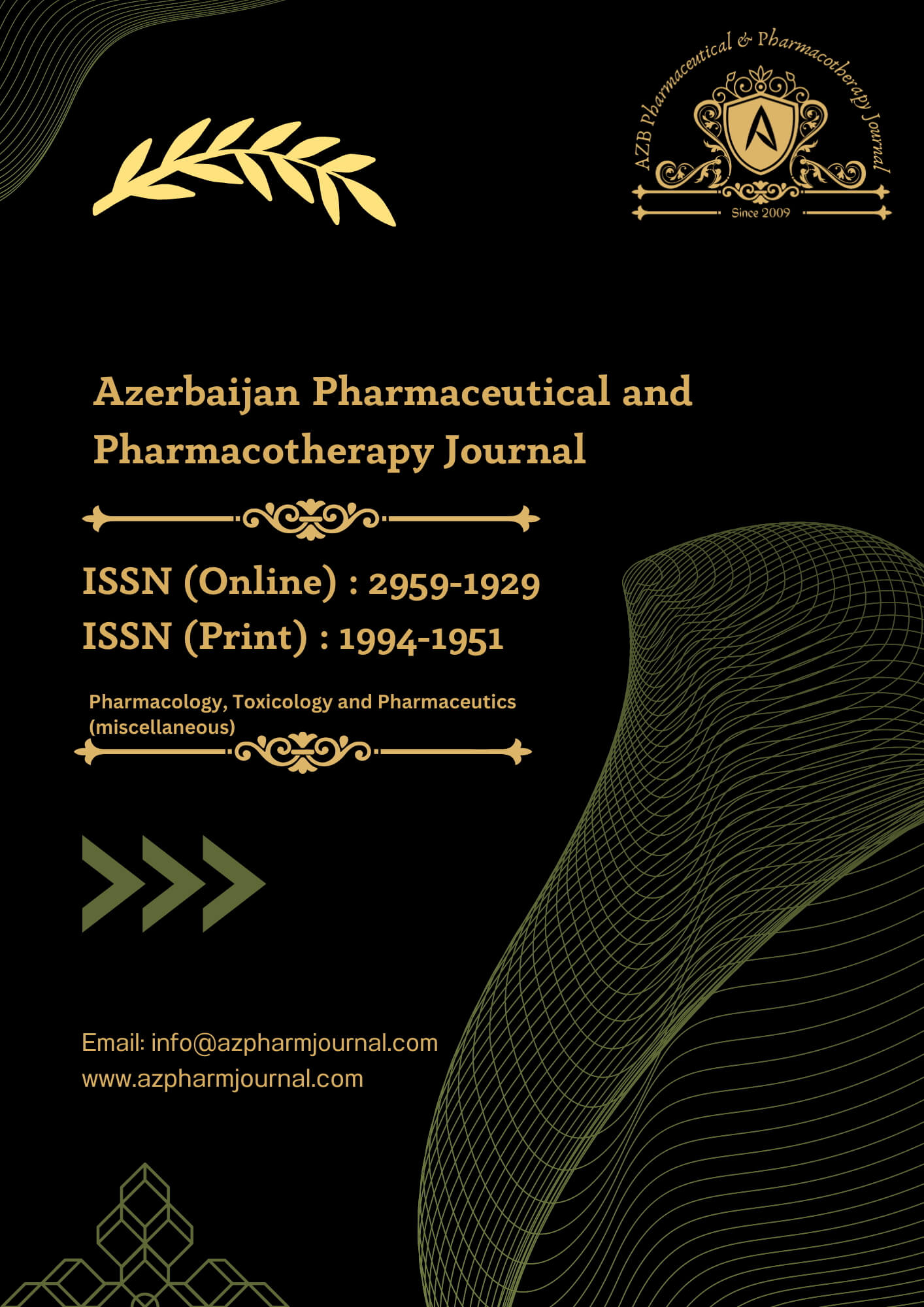There have been several studies on the variations of the extensor tendons. There are many reports regarding the deviation in the usual number of tendons present on the dorsum of the hand. This study was attempted to find out the variations in the tendons of two muscles, ED and EDM. However, there are many studies in which other tendons like extensor pollicis longus and brevis, extensor indicis, and extensor carpi ulnaris have been found to show variations in their attachments. The tendon of ED to the digits shows many variations in their number which has been reported by different authors. It may be doubled or tripled and more commonly seen in index or middle finger. Zilber and Oberlin3 stated that the extensor digitorum provided one tendon to the index finger, one to the middle finger, two to the ring finger, and none to the little finger. El-Badawi et al4 reported 2 to 6 ED tendons and 3 to 8 tendons proximal & distal to the extensor retinaculum respectively. Celik S et al5 reported a single tendon of ED to the index finger in 100% of specimens, a single tendon to the middle finger in 92.6%, a single tendon to the ring finger in 75.9%, and a single tendon to little finger in 24.1% and absent in 68.5%.
Palatty6 reported that the ED to index finger was absent in 2%, single in 90%, and double and triple together in 8%. ED to middle finger studied by Palatty6 found that it was single in 72%, double and triple together in 26%, and multiple tendons in 2%. They observed ED to ring finger had a single tendon in 44%, double and triple together in 44%, and multiple tendons in 12%. According to Palatty6, the tendon to the little finger was single in 22%, double in 20%, and absent in 58%. Gonzalez MH et al7 conducted a study on fifty hands in which, three hands lacked both extensor digitorum communis and juncturae. Mehta V et al8 reported a case with Extensor digitorum contributing tendons only to the middle and ring fingers, with juncturae tendinum between the extensor digitorum for the ring finger and extensor digiti minimi. According to a case report by Melo C9, one tendon of EDM joined the extensor pollicis longus. Palatty6 reported that EDM was absent in 2%, single in 18%, double in 70%, and triple in 10%. Zilber & Oberlin3 reported that a tendon slip from the extensor digiti minimi to the ring finger was found in one hand. Mehta V et al8 reported that a case of the accessory tendon of EDM was merging proximally with extensor carpi ulnaris. Celik S et al5 reported double EDM
tendon in 88.9%. Govsa et al10 stated that the most frequent pattern of extensor tendons in the 4th inter-metacarpal space (IMCS) was two tendons from EDM (68.5%). Seradge H et al11 reported that EDM had 3 tendinous slips, two slips to the little finger and one to the ring finger. Swathi Tiwari et al12 and P.Dass13 reported an accessory muscle extensor medius propius. Juncturae tendinum (JT) may coordinate the extension of hand, stabilize and redistributes weight to the metacarpophalangeal joint. Many authors have reported different types of JT. Celik S et al5 reported the thickest type of JT between the ring and little finger in 90% of specimens. Govsa et al10 stated that the thickest type of intertendinous connection in 4th IMCS was seen in 90% of specimens and also the 4th IMCS tendons have the greatest tendon length and therefore it is a suitable donor graft tissue for local tendon repair. Hirai Y et al14 reported that the most common pattern of JT in 2nd, 3rd, and 4th IMCS was type I, type 3r, and type 3y respectively. Von Schroeder HP et al15 stated that JT was absent in all specimens in 1st IMCS. Accessory slips can also arise from the extensor carpi ulnaris (ECU) and end on the extensor apparatus of the little finger8,16,17. According to a study by Nakashima T et al17 on 240 upper limbs, the accessory slip was observed in 82 limbs. The extension moved towards the proximal phalanx of the little finger and was sometimes connected with the medial slip of EDM at the head of the 5th metacarpal. It was referred to as an accessory EDM arising from ECU by Kaplan and Spinner18. Clinical cases of an anomalous tendinous slip were reported by Barfred and Adamsen19, which connected with ECU and the extensor of the little finger. EDM with three tendinous slips were found from 2% to 10%3,4,14,15,20-25, AND FOUR SLIPS OF EDM WERE REPORTED RARELY15,20,21,24.
